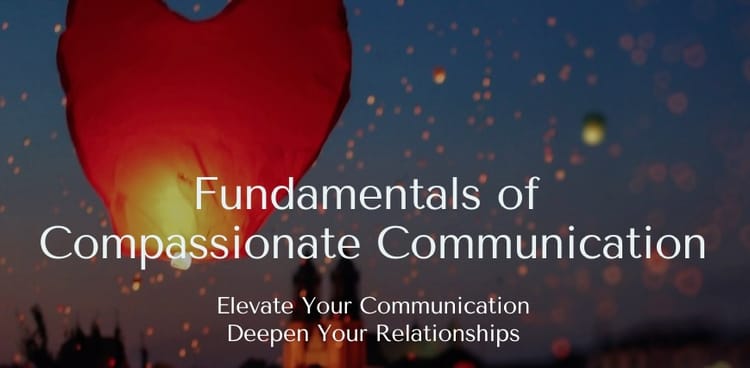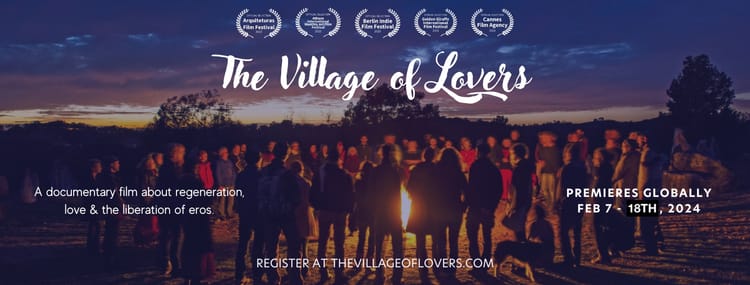Identifying and meeting needs

This is an abridged version of an article I wrote for my coaching practice. I hope it helps you clarify and meet your needs.
There’s a method I admire for effectively meeting one’s needs. It’s the foundation of Nonviolent Communication (NVC), a compassionate communication model developed by psychologist Marshall Rosenberg.
NVC focuses on four key components: Observations, Feelings, Needs, and Requests.
Observations
Observations are objective facts about what we see or hear—free from judgments or interpretations. For instance, “Before our presentation, I got your call saying you couldn’t make it,” is a factual observation. Contrast this with “You flaked and let me down,” which reflects judgment.
Sticking to facts fosters mutual understanding and avoids triggering defensiveness, encouraging us to take responsibility for our needs rather than blaming others.
Feelings
Feelings describe our emotional reactions to experiences, separate from assumptions about others’ intentions. Saying “I felt frustrated or panicked” reflects personal experience, while “I felt like you disrespected me” interprets others’ behavior.
By owning our feelings, we clarify that they originate within us, offering safety to others by removing blame. Feelings also serve as indicators of unmet needs—fear may signal a need for safety, while loneliness may point to a need for connection.
Needs
Needs are universal requirements for physical and emotional well-being, such as nourishment, rest, connection, or clarity. Recognizing and expressing these needs fosters empathy and connection. For example, expressing a need for rest resonates universally.
Distinguishing between needs and strategies is crucial. “I need you to take the kids to art class” expresses a strategy, not a need. The underlying needs may be rest, autonomy, or balance. Understanding our core needs helps us communicate clearly and find flexible strategies to meet them.
Requests
Requests are actionable asks to help fulfill our needs. They may be directed at ourselves or others. For instance, “Could I take a coffee break to meet my need for connection?” or “Would you be willing to drive the kids to art class so I can meet my need for balance?”
When making requests of others, it’s helpful to:
• Identify the underlying need.
• Ensure requests are clear and achievable.
• Be open to a “no.”
If a request conflicts with someone else’s needs, negotiation can foster a solution that considers both parties. Additionally, framing requests positively improves communication. For instance, rather than saying, “Stop yelling,” you might say, “Would you be willing to lower your voice or take a break so we can talk calmly?”
By empathetically using this framework, we increase the chances of meeting our needs and fostering compassionate communication.
If you’d like support in exploring these practices, I’d love to connect through my coaching practice, Beneficial Coaching.
https://www.beneficialcoaching.com/
For an unabridged version of this article and links to helpful lists of common feelings and needs:
https://www.beneficialcoaching.com/needs-met-2025






Member discussion